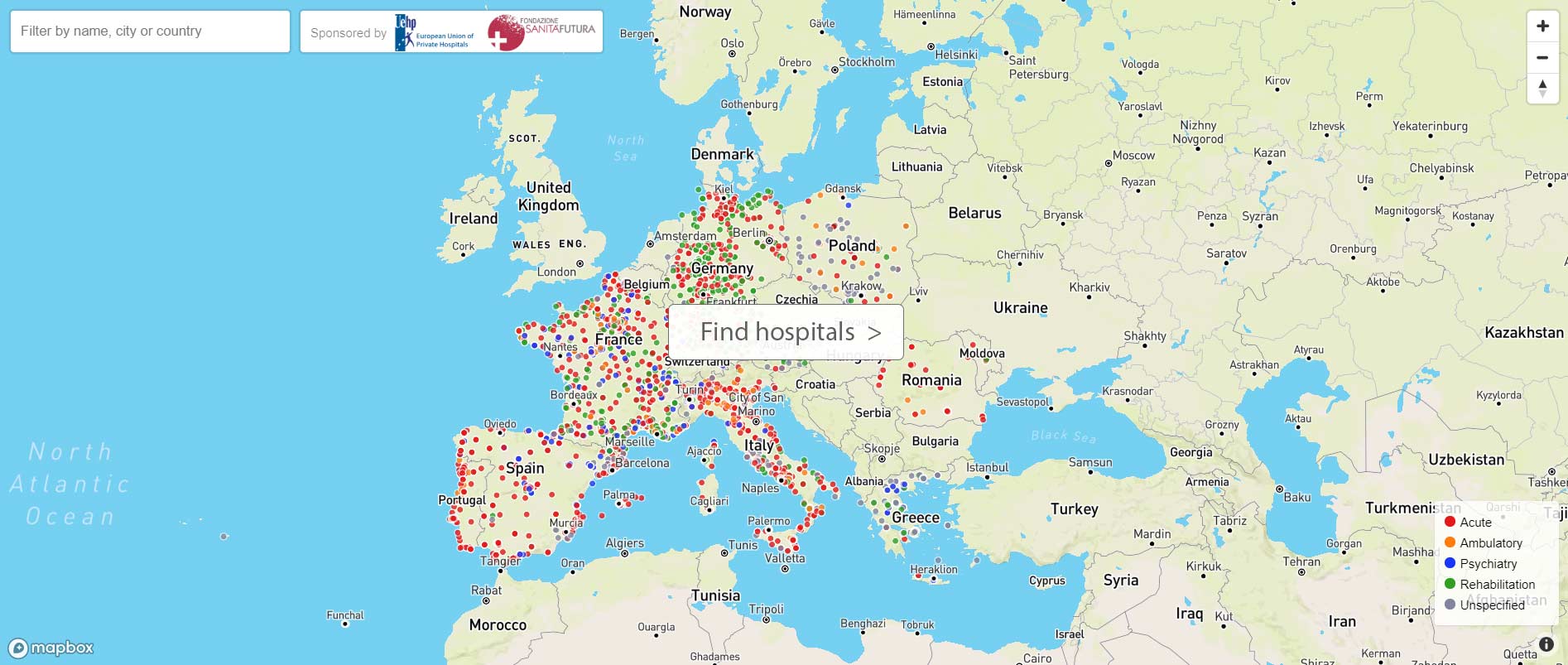About surgical smoke
Surgical smoke is produced in approximately 85% of electrosurgical procedures and is therefore very common. These procedures performed with heat-producing electrosurgical tools result in the production of surgical smoke around the table and in the operating room. What is very impressive about surgical smoke is that it contains up to 150 chemicals, some of which are classified as hazardous by the European Union: acetone nitrile, acrolein, formaldehyde, benzene, etc. One day’s exposure in the operating theatre is equivalent to smoking 27 cigarettes.
The problem is also that surgical smoke contains or transmits deadly bacteria and viruses. And this includes HPV, cases have been reported, but also HIV and hepatitis C. Studies have not yet been concluded on the potential transmission of Covid-19 through surgical smoke as well. For this reason, some medical societies in Europe and worldwide have made recommendations to strengthen measures and evacuation of surgical smoke in the operating room to avoid transmission of the Covid virus from the patient to the surgical team.
Surgical smoke can travel at 64 km per hour. This means that it poses a huge risk, not only to the patients and the surgical team in the immediate proximity of the patient, but also to all health care staff in the operating theatre. This means that anyone within a few metres of the operating table is as much at risk as if they were standing right next to the patient.
Case study.
An example from the US motivates us to try to raise awareness in Europe as well. American nurses are raising their voices and expressing their concerns about surgical smoke and exposure. In a survey they published at the time, they revealed that 53% of staff never, or only sometimes, use plume exhaust systems during surgical procedures, and that 82% of staff experience symptoms, such as headaches, shortness of breath, etc., while working in the operating room. We did a survey with the European OR Nurses Association (EORNA) and we came up with quite similar results.
One thing we know is that surgical smoke can be approached in different ways. You might think that the mask is enough, but in fact the particles are so small that they can pass through the mask. So that is the first measure, but it is not enough. The second is a method where you put negative pressure and you push all the germs off the table. But as you will have understood, as the smoke stays in the room, you are still exposed to it and you still have the same risks. So, the best solution that has been identified scientifically is to evacuate as close as possible to the source of the plumes, i.e. as close as possible to the body (smoke evacuation).
We want to make sure that we are part of the solution
We decided that there was a need to raise awareness of this issue. Because, firstly, most operational staff are not necessarily very aware of the problem or experience the symptoms, but are not necessarily bold enough to share their own challenges. Secondly, we have signals that policy makers are not taking as much action as we would like. So we have been working since 2020 to raise awareness at the political level to make sure that this is a priority, not only in Brussels, but in all countries.
We want to encourage regulators and policy makers to take specific actions to mitigate these risks. This means among others adopting specific legislation or guidelines. At European level, we have identified two main lines of action. The first is the so-called Occupational Health and Safety Framework, which is driven by the European Agency for Safety and Health at Work (EU-OSHA). This framework was introduced in 2021 and is valid until 2027. It focuses on health care, as it was introduced in the midst of a pandemic. All the OSHA agencies at the national level have asked them to focus on healthcare and we want to make sure that they also take into account surgical smoke.
The second is a forthcoming review of what is called the Carcinogens and Mutagens Directive. This is basically a list of all the substances that are considered to be carcinogenic or mutagenic, based on recent studies, and it is an evolving record. This will be revised next year. And we hope to basically link these hazardous substances that are contained in surgical smoke, to surgical smoke.
The birth of the Surgical Smoke Coalition
The Surgical Smoke Coalition was created in May 2021 and counts 11 members. Elected members of the European Parliament are co-chairs. UEHP is a member of the Surgical Smoke Coalition.
The coalition’s first policy report was published in June 2022. It provides information on surgical smoke across Europe but also in the US as between 2018 and today 9 states have passed specific legislation on surgical smoke. What it tells us is that it is quite possible to have surgical smoke evacuation and smoke-free operating rooms.
Comments collected during the UEHP council meeting on 14 October 2022


